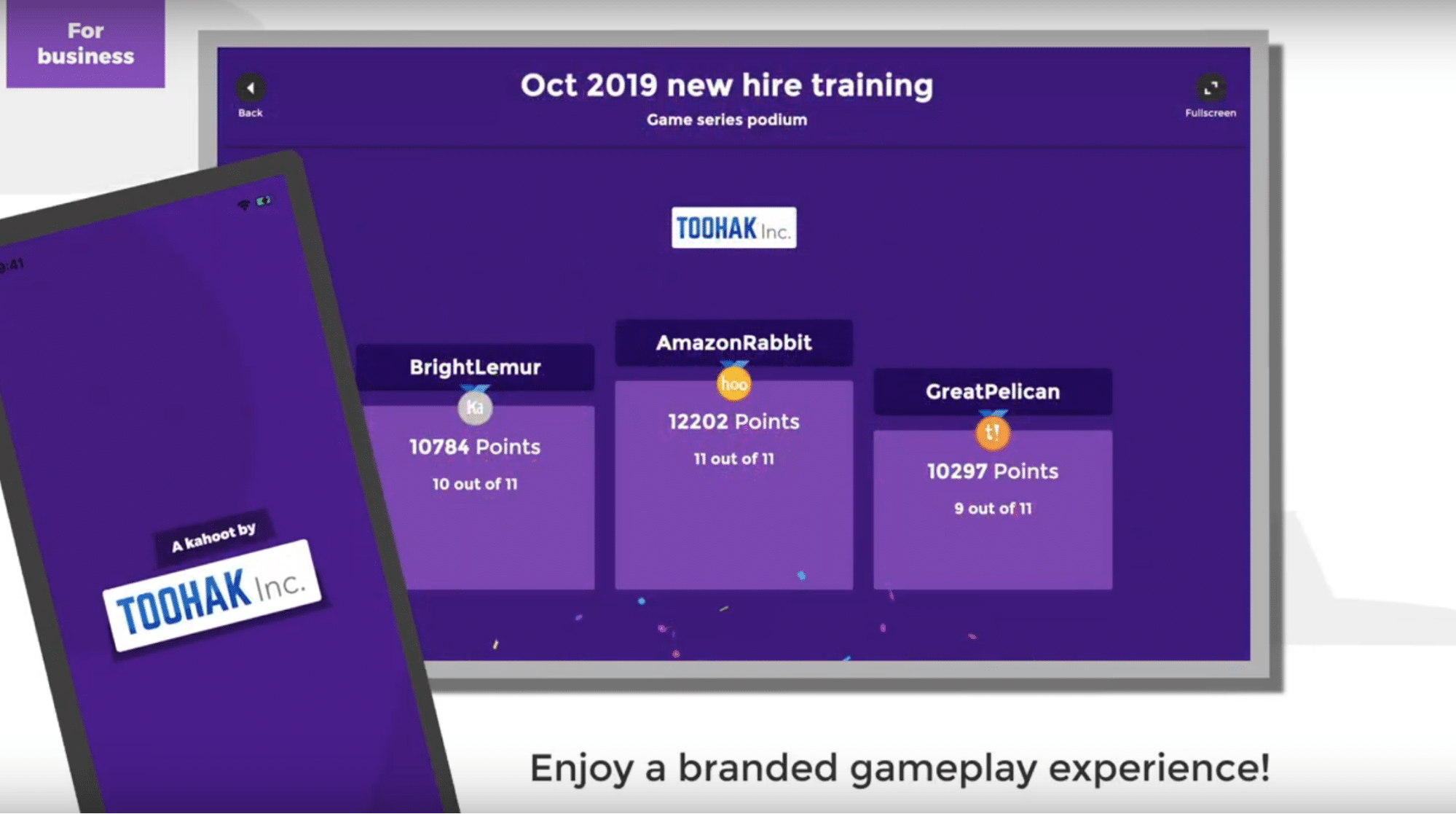Time management is a common challenge most of us struggle with. When competing priorities come up at once, it can leave us wondering how we can find a way to get it all done.
“If only I had more time,” we think to ourselves. And yet in reality when deadlines approach, self-discipline kicks into full gear (well, for most of us, hopefully), and we pull through to complete the things we need to. Why is that?
In this post, we’ll go through:
What is Parkinson’s Law?
Parkinson’s Law states that “work expands so as to fill the time available for its completion.” Basically, we pace ourselves to finish a task based on how much time we’re given to do it. When we’re given too much time to complete a task, we tend to procrastinate getting it done.
For instance, if you have two weeks to prepare an agenda for a sales meeting, you might fill that time identifying every nuance of what could go wrong and what needs to be planned in advance. While overpreparation isn’t necessarily a bad thing, lost opportunity cost is (more on this later).
Given the length of time you have to prepare, you might identify way too much information to share with your prospect without realizing that they know more than you think (since most information is just a click away).
By doing something that produces less value than alternatives to what you could be doing, you end up with lost opportunity cost.
What this boils down to is a simple yet powerful concept: we can usually accomplish things in less time than we think.
The good news is this: time management is psychological. Being productive has less to do with how much time you have and more to do with how you make use of that time. Sure, productivity metrics are useful, but good time management ultimately means allocating the right amount of time towards the right things.
Why does Parkinson’s Law matter to you?
We’ve all been there—putting off work only to feel remorse for the wasted time later. You know there’s a better way, yet you still struggle with feeling motivated to get over the hump. So let’s step back and break down the less obvious benefits of productivity.
A New Zealand company put Parkinson’s Law to the test by experimenting with four-day workweeks—instead of employees working 40 hours each week, they worked 32 hours. The result was a 20% boost in productivity, a 24% improvement in work-life balance, and a 7% decrease in stress levels.
This experiment not only shows that the same amount of work can be accomplished in less time, but that the ability to do so has positive effects on overall well-being too.
This is huge. Practicing productivity doesn’t just help with knocking items off the to-do list quicker, it contributes to long-term benefits for mental health. Who doesn’t want to sign up for that?
It’s true, not every company has the means to switch to a four-day workweek. Though as individuals, we all have the ability to practice productivity on a smaller scale in our day-to-day work lives.
Understanding Parkinson’s Law is a key first step to unlocking the power of all those other productivity tips out there. By knowing how the psychology of time management influences how you work smarter, you’ll be able to apply productivity systems to supercharge your workday.
4 ways to overcome Parkinson’s Law
If the goal is to dedicate the right amount of time to the right things, then cutting out distractions to focus better is one way to get there. In today’s world of working online, collaborating digitally, and using video conferencing software, we’re faced with an increasing number of new challenges that make for (seemingly) never-ending distractions.
For instance, according to our global survey of 2,000 knowledge workers, 69% of employees were spending up to 60 minutes each day just navigating between apps. That’s a lot of wasted time.
For those of us who do most of our work online, it seems impossible to totally remove ourselves from distractions in the digital space. But here’s the silver lining: as much as technology can pull us away from our work, the right tools can push us closer to completing what we need to do.
Let’s take a look at four ways to use technology to achieve productivity:
1. Collaborating: accountability is king
When a team struggles to define expectations and accountabilities upfront, counterproductive tendencies may crop up.
For instance, say you start a new project and your project manager is waiting for the business analyst to start defining the requirements. At the same time, the business analyst assumes the project manager will provide the starting foundation. Meanwhile, your developer on the team sees no updates between the two and believes that the project is on hold, so she doesn’t chime in. Progress slows and your team ends up doing nothing.
This social phenomenon is called social loafing—this is when members of a team put in less effort compared to what they would have working alone.
A better way to manage your team? Have a collaboration hub that contains tools for stuff like communication and file sharing. For example, the RingCentral app is designed to help prevent confusion around who owns what—you can keep on top of what needs to be done by messaging each other, video-calling, and sharing files in real time.
Within this system, everyone can be tagged to specific tasks to avoid people dropping the ball on responsibilities. By having shared team conversation threads (you can even assign tasks to each other), your team knows who is doing what and when tasks are due:
Team productivity tools help groups collaborate in smarter ways by not letting things fall through the cracks because of poor management.
2. Tracking: hunt down your time
In between meetings, emails, speaking to clients, preparing documents, filing reports… it’s hard to get an accurate pulse on where we spend our time. Yet in order to better manage time, you need to be able to see where your attention is going throughout the day.
Even if you have an idea of how you’re allocating your hours between need-to-dos and nice-to-dos, you might be surprised by how much time you actually spend debating the latest episode of Tiger King with your coworkers.
Timely is an online tool that sits in the background and automatically tracks how much time you’re spending towards each online task. It helps pinpoint distractions and identify workflow challenges to guide better decision making on how you should organize your work.
For instance, if creating invoices requires you to switch between three separate platforms just to get the information you need—this creates an opportunity to explore a new tool that can consolidate a lot of the disjointed functionality into just one platform:

3. Communicating: make it effortless
Unless you’re in telemarketing (and unlikely even then), people rarely work in silos. A business relies on different teams or employees interacting with each other to successfully work towards unified goals. When you work in a team environment, having easy ways to exchange information is essential to maintaining a productive work life.
Other than email, there are plenty of ways to quickly connect—whether it’s through instant messaging, text, or voice and video call. The trick is to have a communications tool that will allow you to do all of these things seamlessly, without having to waste time switching between apps (remember those employees who lost 60 minutes a day just for this reason?)
Using the RingCentral app mentioned above, you can transition quickly between these different styles of messaging all from one tool. Toggling between messaging, video conferencing, phone calls, and texting is effortless. Forget about picking up the phone while on your computer or going into your browser to log in to your video conferencing software. You can do it all from one place.
Talk about a simplified workflow:

Working smarter isn’t always about finding a whole new way to work. It can be as straightforward as doing what you already do, but simplifying the process. In the example above, it’s about saving time and not losing focus by being able to reach out to teammates in several ways all in the same app.
4. Socializing: more effective than you think
Though it might seem counterintuitive that socializing could boost productivity, in a study done by McKinsey, productivity did in fact improve by 20–25% in organizations where employees felt connected.
Positive team relationships are built when people enjoy the company of those they work with and can connect with each other on a personal level. These personal connections in turn make for more meaningful work.
With a growing population of remote workers, it can be challenging for teams to organically get to know coworkers who they’ve never met in person. Scheduling remote team activities can help facilitate more opportunities for remote workers to connect in an “off the record,” more personal way.
For instance, Kahoots is a simple online tool for remote workers to get to know each other better with short conversation starters and quizzes. Plus, you can even customize the look and feel to fit your brand:

Socialization is also a great way to help break up the day and inject freshness between routine tasks. Shorts breaks throughout the day can inspire creativity just by allowing your brain a second to relax so that when you return, you’re able to approach the task with a refreshed mindset.
Getting the most out of Parkinson’s Law
When people think about what it takes to be productive, it’s common to assume the best way is to avoid distractions. While that certainly is one way to go about it, Parkinson’s Law teaches us that we’re in more control than we think when it comes to time management.
Being productive isn’t just about getting rid of external stimuli. Sometimes it’s about coming up with better ways to do what we’re already doing (and using that stimuli to our advantage).
It’s not about communicating less, but finding more efficient ways to communicate.
And it’s definitely not about sitting for hours on end to get the job done, but taking rejuvenating breaks to connect with others.
The next time you find yourself approaching crunch time (and before the stress hits), plan out four ways to use Parkinson’s Law to your advantage and see what a difference it can make to your working style.
Originally published Mar 13, 2020, updated Sep 01, 2021





